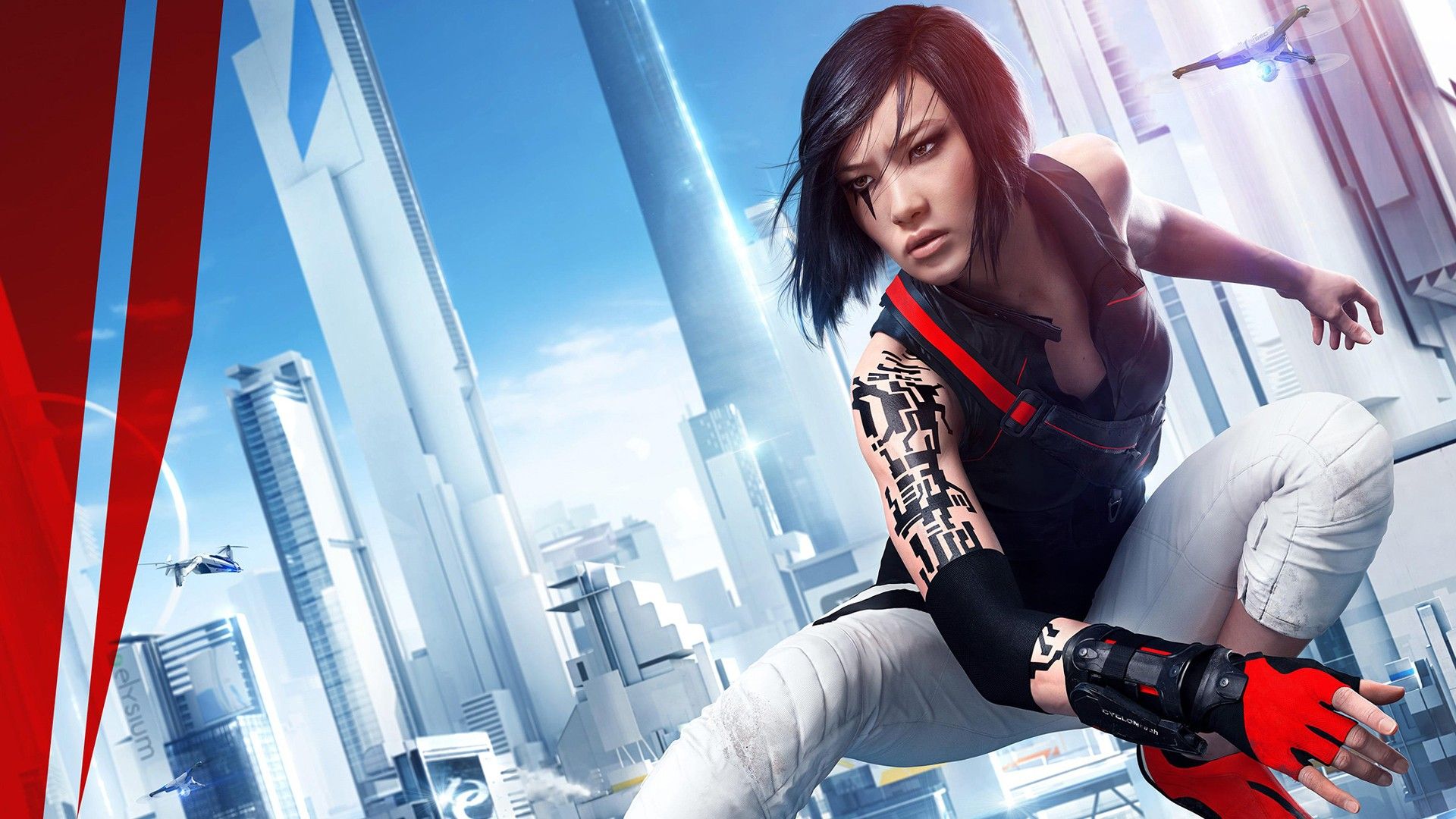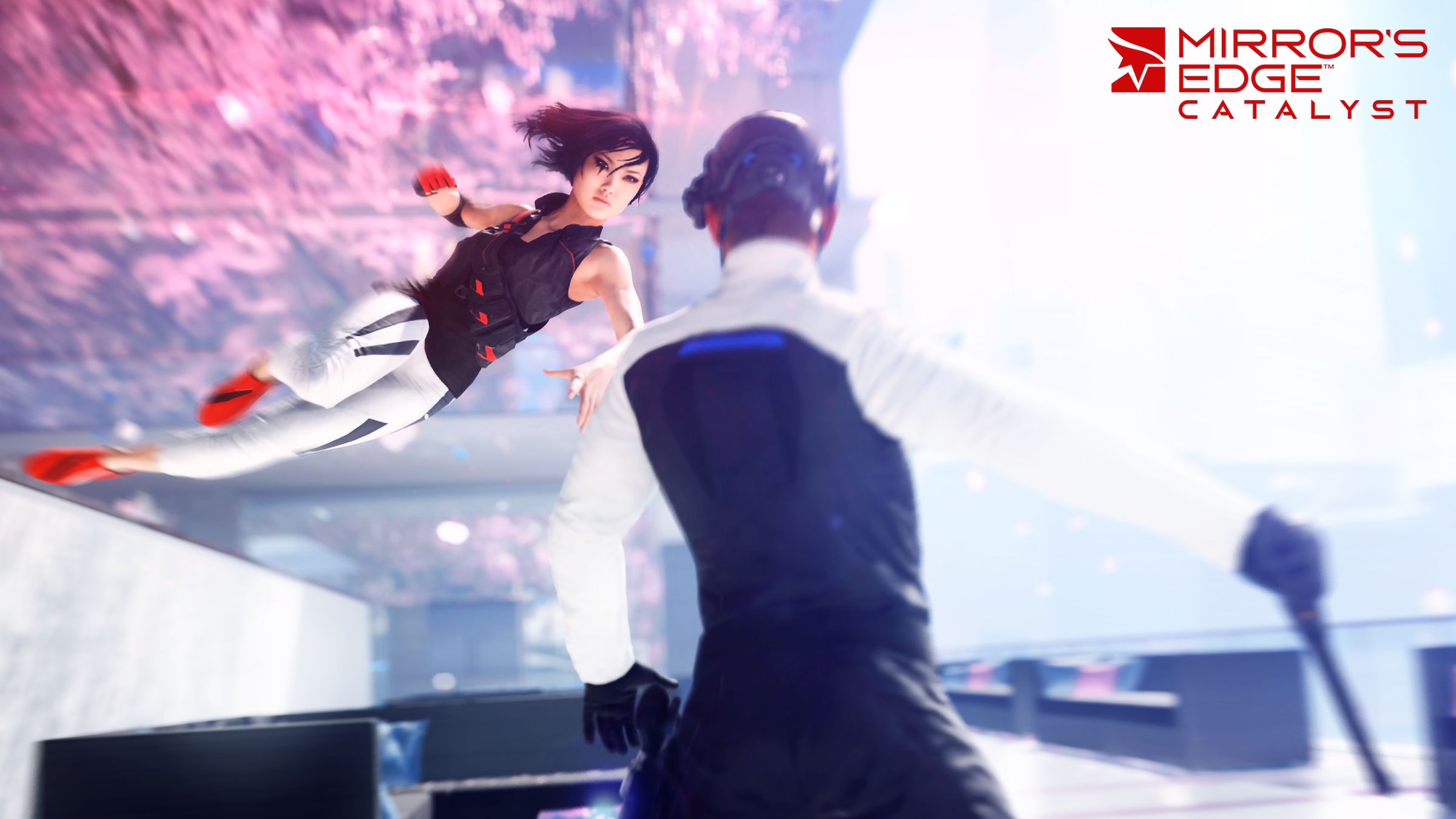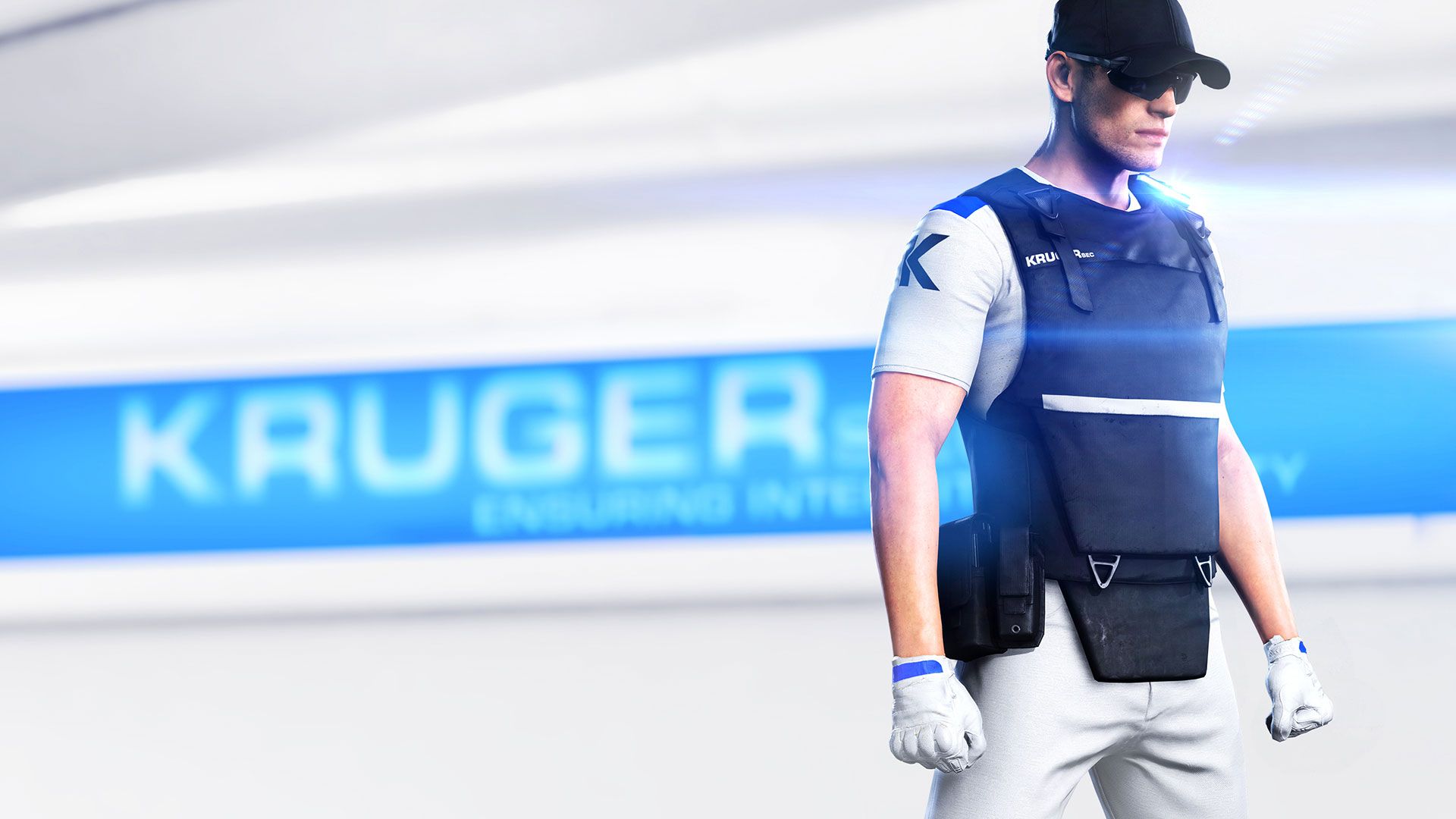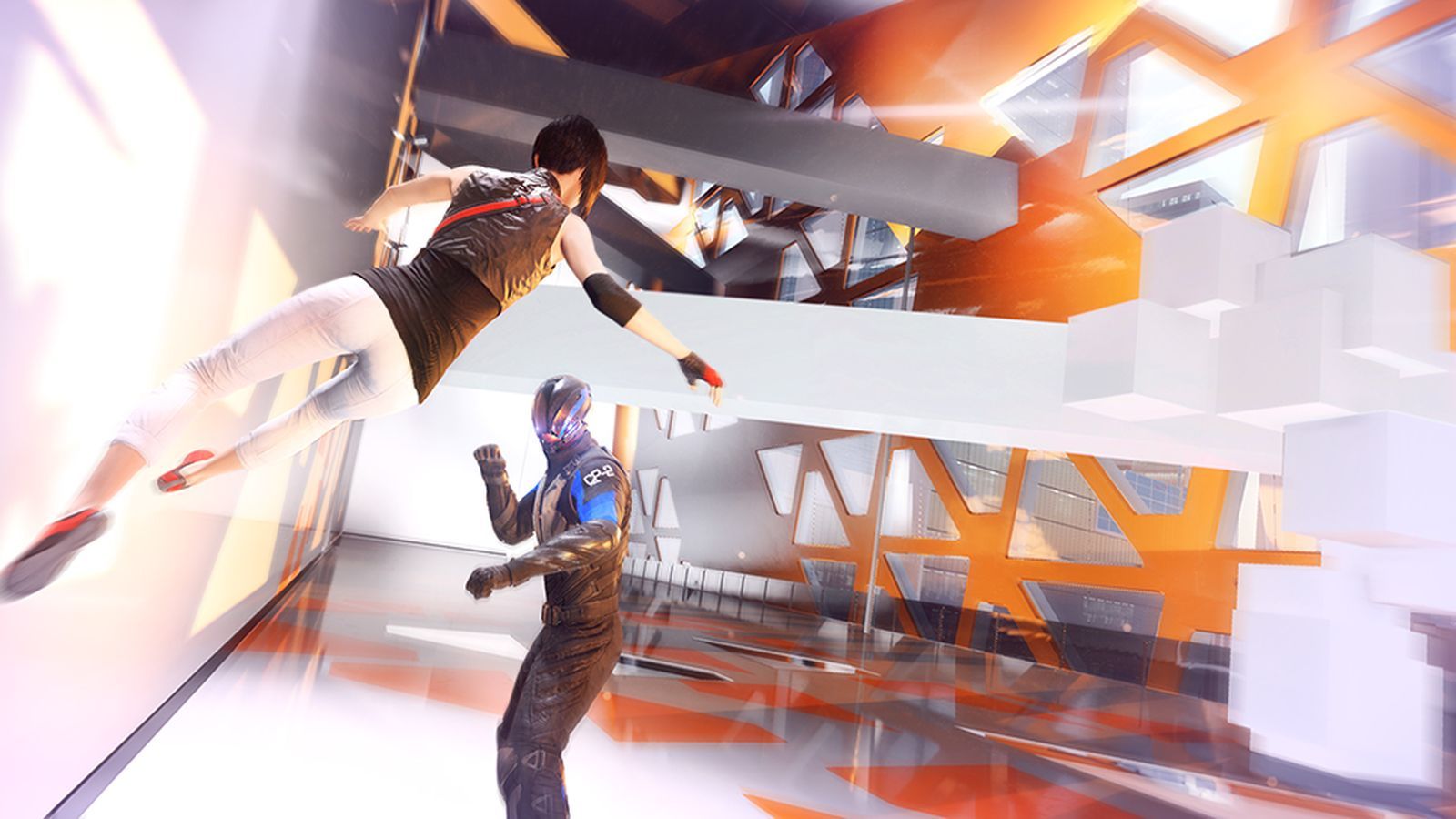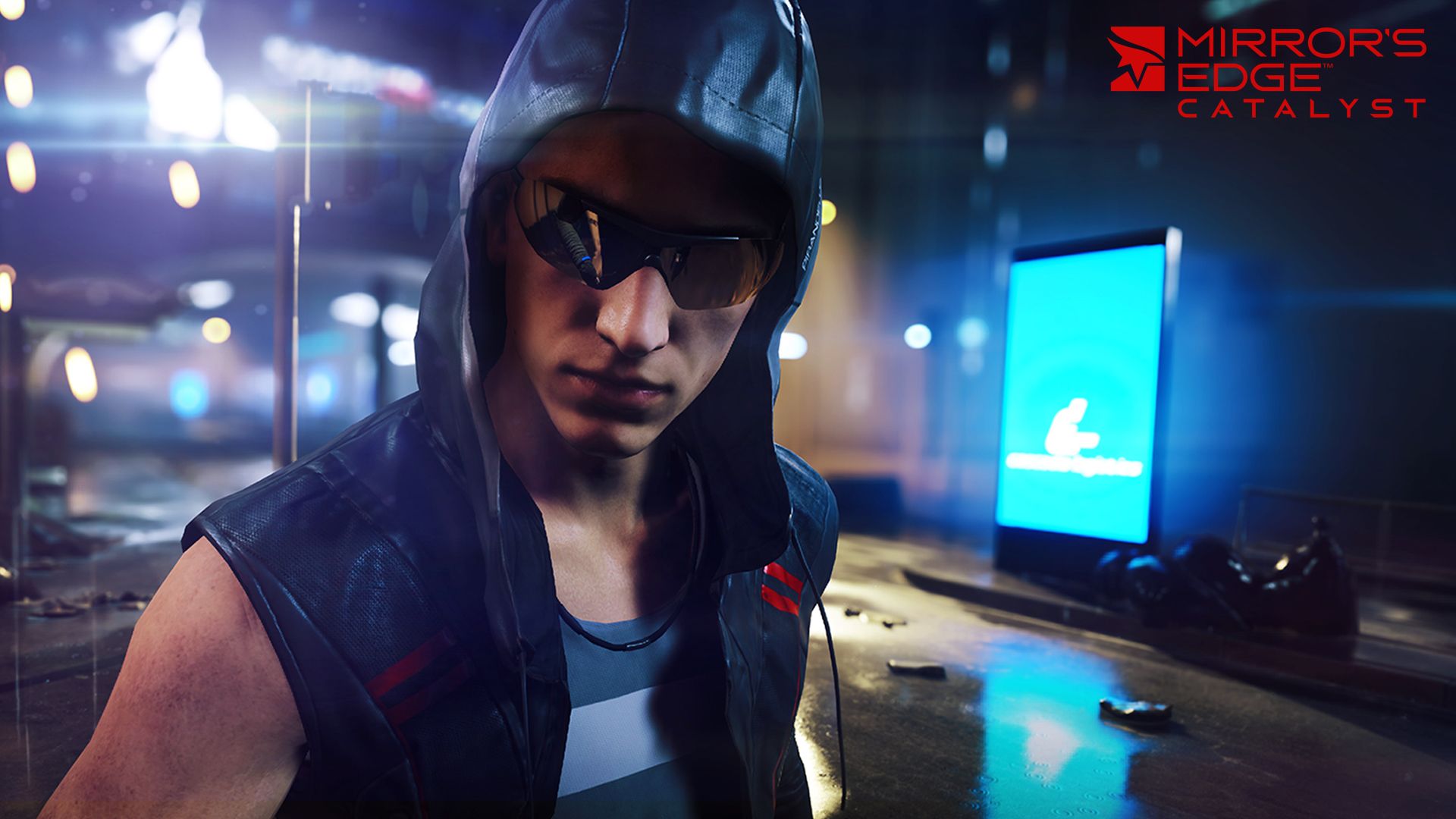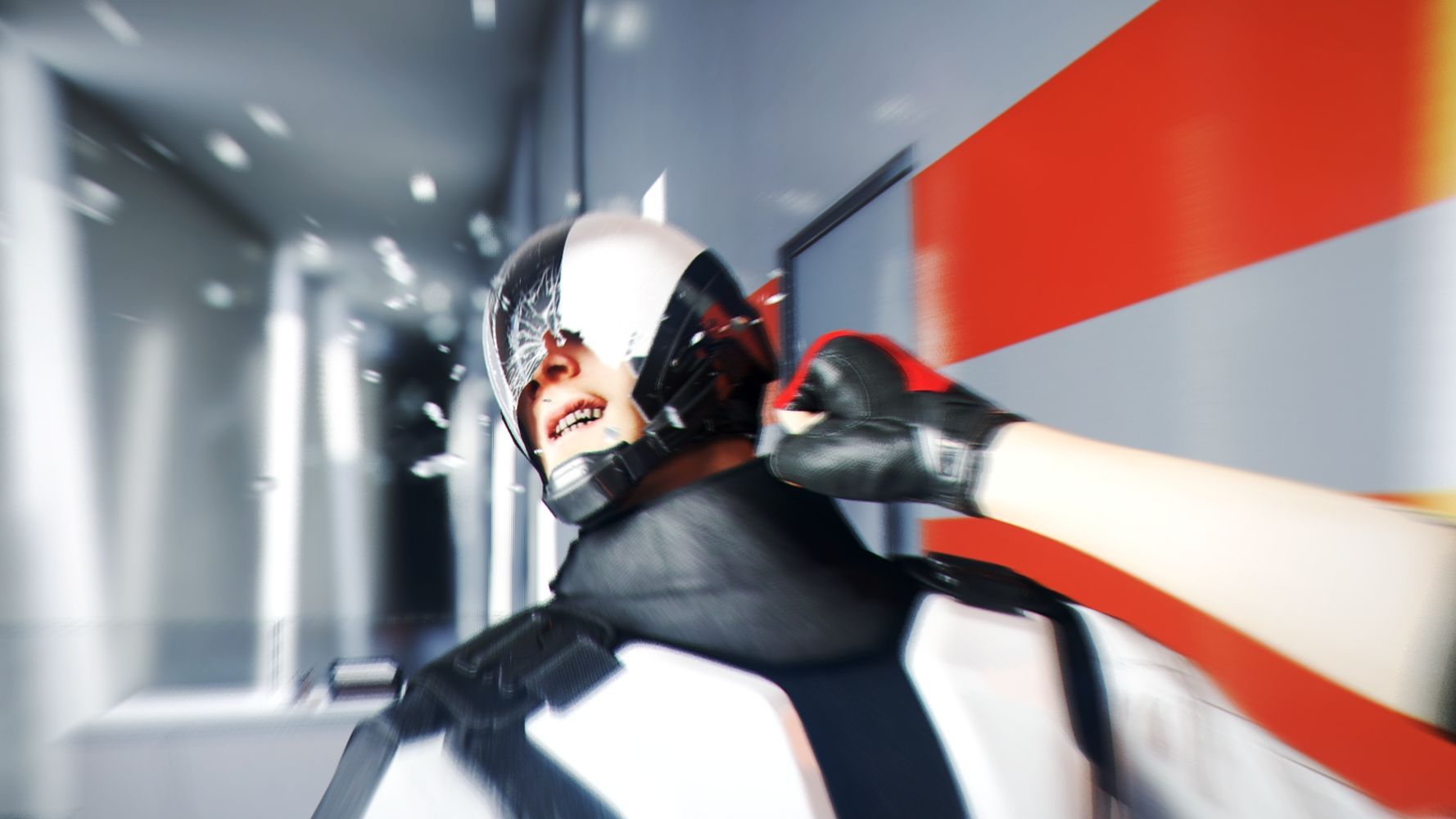Since its debut in 2008, Mirror's Edge is the type of game that, on pretty much all fronts, could have been a one-hit wonder. Coming from the pedigree of Battlefield's DICE, Mirror's Edge marked a wildly-creative (and boldly different) take on first-person games that was not only a breath of fresh air from the studio's previous games, but one of the most distinct first-person experiences to come out of the last generation. Heck, maybe since last generation.
More importantly though, Mirror's Edge was (at best) a soft success for EA and DICE last generation: a title that was a cult hit rather than a massive, sales-driving franchise that a company like EA is accustomed to (like Battlefield or Mass Effect). As a vibrant, parkour-focused action title with a minimalist sci-fi aesthetic, Mirror's Edge is easily the type of title that could have came and went, leaving players and fans longing for a sequel that might never have come to fruition.
Luckily enough, it turned out that holding on to faith (literally and figuratively) produced Mirror's Edge Catalyst, allowing players a new chapter in the parkour action series nearly eight years after gamers were first introduced to Faith and her extraordinary parkour skills and abilities.
Coming from a title that had a small (but passionate) fanbase, the important questions leading up to Mirror's Edge Catalyst were not only how the sequel would remain faithful (no pun intended) to the original, but also how Catalyst would improve or alter some of the original title's more criticized elements (such as its combat and unorthodox controls). Flash forward eight years later, Mirror's Edge Catalyst shows that a lot has changed in the time since the original's release which incorporates some smart, sleeker refinements to its parkour premise while making more radical changes: namely, converting the linear original into a full-fledged open-world game.
Set prior to the events of the original, Mirror's Edge Catalyst acts more as a reboot than a true "prequel" to the original series -- a midway point for both loyal fans of the first game and those looking to jump in without any knowledge of Mirror's Edge's unique, vibrant vision of the future. In either case, Catalyst takes players back through the origin of series protagonist Faith Connors; all the way from her youth as an orphan in the dystopian city of Glass, through to the present day where the corporate CEO Gabriel Kruger runs the city with a Big Brother-like fist.
Working as a "runner" -- a group of highly-trained couriers that steal and deliver corporate secrets -- in the city of Glass, Catalyst takes players through the journey of Faith as she discovers and hones her skills while working to help overthrow Kruger's corporation. Between taking down Kruger's henchman and completing intense runs throughout the city, ultimately the story boils down to Faith revealing the dark secrets lurking underneath the pristine visage of Glass.
The plot of Mirror's Edge has always more or less read as a case of "Dystopian Science Fiction: The Video Game," and ultimately if you've read anything from 1984 to Fahrenheit 451, then Mirror's Edge Catalyst won't do anything to change your perception of what you may already know from the genre. Though slick and stylized in the visuals department, the weakest aspect of Mirror's Edge Catalyst is the storytelling and characterization, which suffers more from trying to expand and add complexity to a story that, at best, is still pretty threadbare.
It's interesting to note -- when compared with the original game -- Mirror's Edge seemed to accomplish far more with less story by crafting a compelling and unique world. However, Catalyst more often falls short in trying to justify its world and characters beyond its stylish concept. Catalyst notably adds a plethora of faces to its roster this time around, with plenty of new characters that Faith can talk to, assist, and take missions from throughout the campaign, in the tradition of many contemporary open-world games.
However, while a few of them add some nice comic relief or interesting side-stories (such as my personal favorite, the tech-savvy teen Plastic), the majority of the cast (including Faith herself) are largely either unlikeable or fall too hard into the stereotypical gruff, scowling and disgruntled member of a dystopian city. They all are visually distinct with some great character designs and traits, but ultimately the interest in learning more about them only goes skin-deep. Catalyst's characterization mostly comes up short in making the cast interesting or relatable, beyond surface level tropes pulled from dystopian science fiction.
Instead, the strongest character in Catalyst ultimately comes down to the city of Glass, which (just as ever) retains the distinct flair, style, and design that made the original game so alluring and different from other futuristic games. Even in eight years' time, Catalyst still retains (and often improves on) the art direction and level design that made Mirror's Edge so stylish and easy for the eyes to enjoy. Against its stark white buildings and crystalline skyscrapers, Mirror's Edge Catalyst's pops of color -- not only for style but to draw players' eyes toward important goals or checkpoints -- are still the strongest elements of its visual aesthetic, and sure to make it a title that will dazzle, be it on consoles or on a beefy PC.
This time around though, Catalyst has done more than just improve on the visuals of Mirror's Edge by also implementing a more radical change by opening up its environments into an open world. Compared to the linear take on running and parkour that was offered in the original Mirror's Edge, Catalyst's environments provide more flexibility and options in what players can do and how they accomplish objectives. At times the openness of Mirror's Edge Catalyst feels like the game's greatest strength, yet at other points it feels as though Catalyst doesn't know how to fully utilize the potential of its bigger (and mostly better) environments.
Mirror's Edge Catalyst offers a world that's on a far larger scale and direction than what players saw the first time around, yet only offers a campaign that clocks in at about the ten-hour mark (more or less depending on how crazy you get with side quests). In short, Mirror's Edge won't offer the same type of open-world experience you might expect from something like Grand Theft Auto or The Witcher 3. Instead, it's more of an "open-world lite": while the campaign is enjoyable and fast-paced, the side missions and activities don't offer too much beyond light diversions and provide players with more objectives to complete beyond the story.
Catalyst comes up a bit short with providing an epic, large world for players to explore and missions to complete. However, at that expense the game also improves greatly in making its world perfectly tuned to Mirror's Edge's unique blend of platforming and parkour, and on that front the game is immensely satisfying at letting players experiment with different moves and how to use them in the environments. As much as it was thrilling (and maybe even nauseating) in the original, Mirror's Edge Catalyst's unique take on first-person action is still as exhilarating as it was eight years ago, in part improved by Catalyst's far more forgiving nature when it comes to the controls, detecting what players want to do, and how they interact with objects.
The desire to experiment and improvise where to go and how to get to objectives is aided by Faith's Runner Vision, which signifies objects and areas that Faith can access by highlighting them in red. Working just as effectively as it did in the original, Runner Vision is still implemented as a fantastic way of guiding players through the environment. Even though it doesn't always provide the fastest route, it still works incredibly well as a way go getting players to the objective without cluttering the screen in arrows and icons.
Much like the refinements that have been made to the controls and the ways that Faith interacts with the world, combat has also seen some noticeable improvements with Catalyst -- that is, aside from the most obvious change being that Faith no longer uses weapons of any variety (be it melee or firearms). At the expense of using weapons to take out enemies, DICE has smartly tweaked the combat to be a bit more intuitive (and user friendly) this time around.
With more simple strings of combos and attacks, combat in Mirror's Edge Catalyst shows great improvements at the expense of it bringing the game's pace and flow to a grinding halt at numerous points. Some of this has been remedied with certain attacks that Faith can use mid-run to take down enemies in one hit, but more often than not I'd greet another wave of Kruger's henchman with a groan. Too often the combat ruins (or hinders) the game's great sense of momentum and speed. In Catalyst (much like the original) it's pretty easy to get overwhelmed by a group of enemies that either become a chore to get through at once, or lead to some frustrating restarts at checkpoints.
Thinking back on playing through the original title eight years ago, it's easy to see Mirror's Edge Catalyst as the ultimate sort of wish fulfillment and both the pros and cons that come with it. As the long-awaited follow-up to the original Mirror's Edge, Catalyst delivers a new take on the series that in some ways lacks the same spark that made the original so tantalizing and vivid. However, on the other end Mirror's Edge Catalyst builds on the foundations of a first-person parkour action game with plenty of style and promise for the genre, even in a busy year that's brought us memorable first-person games like Overwatch and DOOM.
There's a clear set-up for more stories to be told with Faith and the runners of Glass with Mirror's Edge Catalyst, and while it isn't quite as shiny and perfect as the city of Glass, hopefully in due time we'll get to see more from Mirror's Edge and experience the series at its full, untapped potential. Though it trips itself up occasionally with combat and a lackluster story, at a full run few games can catch up to Mirror's Edge for pure exhilaration and Catalyst is more than ready for the race.

